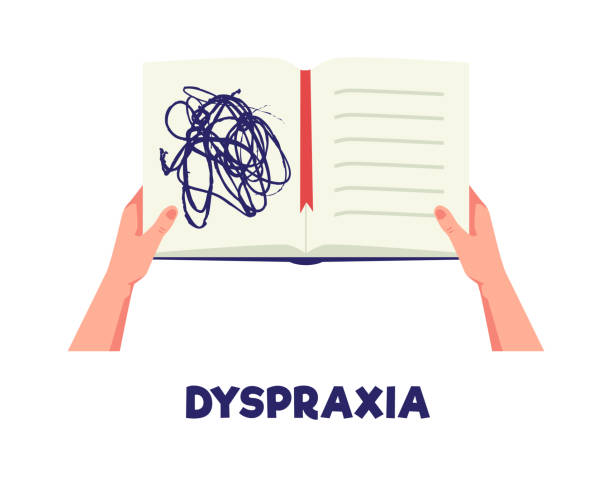Definition of Learning Disability
The World Health Organization (WHO) defines a learning disability as a condition that impacts an individual’s ability to acquire and use academic skills. This may include difficulties in reading, writing, mathematics, and problem-solving.
Types
1. Dyslexia

Affects the brain’s ability to process written language.
Symptoms: Difficulty reading, writing, spelling, and recognizing simple words.
2. Dyscalculia

Impairs the ability to understand mathematical concepts.
Symptoms: Struggles with counting, numbering, and understanding time.
3. Dysgraphia

Affects writing skills and fine motor coordination.
Symptoms: Poor handwriting, difficulty with spelling, and trouble with grammar.
4. Dyspraxia (Developmental Coordination Disorder – DCD)

Impacts physical coordination and movement.
Symptoms: Difficulty with handwriting, balance, running, coordination, and speech development.
Common Symptoms
Poor memory retention
Struggles with reading and writing
Difficulty focusing
Poor hand-eye coordination
Challenges with motor skills
Trouble following instructions
Struggles with math problems
Causes
It can arise due to various factors, including:
Genetics: Family history of learning disabilities
Prenatal Factors: Exposure to infections or toxins during pregnancy
Premature Birth & Low Birth Weight: Can affect brain development
Environmental Factors: Exposure to toxins, poor nutrition, or lack of early learning experiences
Therapies for learning disability
The treatment for depends on the specific needs of the individual. Common therapeutic approaches include:
Educational Therapy: Specialized teaching methods to improve academic skills
Cognitive Behavioral Therapy (CBT): Helps manage frustration and develop coping strategies
Speech and Language Therapy: Enhances communication skills
Occupational Therapy: Improves fine motor skills and coordination
Social Skills Training: Helps develop interpersonal skills
With early diagnosis and the right support, individuals with it can effectively manage their challenges and lead successful lives.
Conclusion for Learning Disability
Learning disabilities are neurological conditions that affect how individuals process information, making it difficult to read, write, speak, or do math. Early identification, appropriate support, and inclusive education can help individuals with learning disabilities reach their full potential. Understanding and acceptance are key to empowering them in both academic and everyday life.
1: What is a learning disability?
A:A learning disability is a condition that affects an individual’s ability to acquire and use academic skills, such as reading, writing, mathematics, and problem-solving.
2: What are some common causes of learning disabilities?
A:Learning disabilities can be caused by genetics, prenatal factors, premature birth, low birth weight, and environmental factors like exposure to toxins or poor nutrition.
3: How can learning disabilities be managed?
A: They can be managed through therapies such as educational therapy, cognitive behavioral therapy (CBT), speech and language therapy, occupational therapy, and social skills training.

